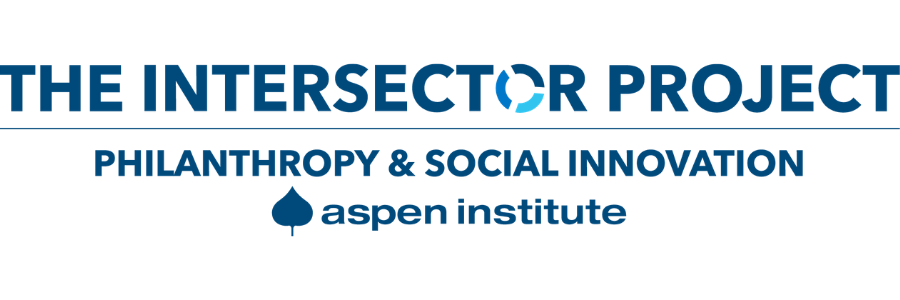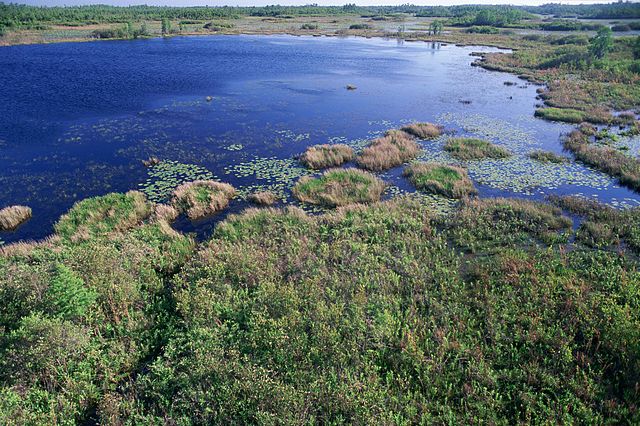The Integration Initiative: Three Year Evaluation Report
“In January 2010, Living Cities launched The Integration Initiative (TII) to support ‘bold, promising approaches that have the potential to transform the lives of low-income people and the communities in which they live.’ … This report is a culmination of the first three years of






